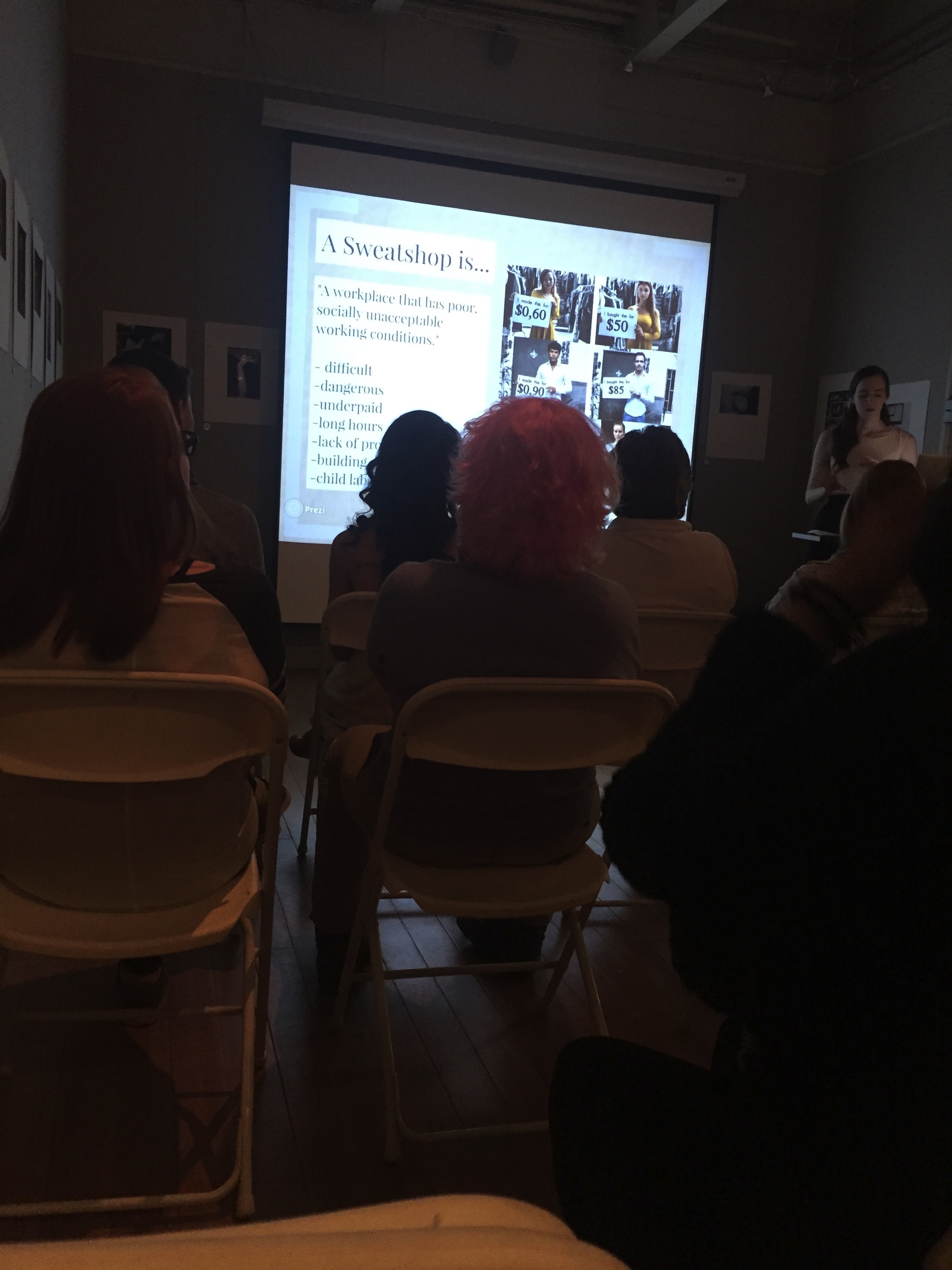
Photojournalists have one of the hardest jobs out there. These journalists have to capture some of the most gruesome photographs in history. Some of these photos have been of 9/11, Hiroshima, The Napalm Girl, and Iwo Jima. These terrifying photos, that show terrible events, are just a few that photojournalists have to capture in order to show how horrible the world can be. The photos that they show have all been winners of the Pulitzer prize, which is considered the highest award for journalists and it started in 1942.
Horst Faas, one of the many people telling the story of The Pulitzer Photographs, stated that they do not see the photos as tragedies, but rather great pictures that depict the events that occurred.
“Something about that still moment in time that does touch people.” said Carol Guzy, “Someone once told me that empathy was not imagining how you would feel in a particular situation, but actually feeling what the other person is feeling.”
“Everything has a story about it. You just have to be able to see it.” Said Jerry Gay.
These people do this job so that the world knows of the travesty that occurred during the events. But not all events are sad, some are good,funny, happy and joyous.
Each photo given the honor to be awarded the Pulitzer Prize stands out among the rest. It tells a story that is heartbreaking or uplifting. The picture tells a story of tragedy or of the joy that went along with the event. It’s time snapped into a still and captivated into a single two dentinal story. Something that will never age, that will never change its impact on humanity, that will never cease to give the “wow” factor when looking at it. That is what it means to have a photo win the Pulitzer Prize.
One photo that paints a thousand words for people without them even being there, and even has a statue created out of it, is that of Iwo Jima. The painting of Iwo Jima, is one that none should over look. Several men, clinging to an American flag, helping erect it after so many of their fallen comrades had passed and let it crash to the ground. Men making sure that not all hope was lost, that the flag was still standing, that hope was still standing. These men did everything in their power to keep the spirit of America alive and running through them as well. They embraced the hardships and wept over their fallen comrades as they embraced and raised their country’s flag.
To be able to take such a photo. A photo of passion, honor, and respect. A photo of discourse, hardship, and pain. To be able to stop that moment in time forever and to be able to look back on the love and devotion these men had for their country. That is what John white means when he says, “Everyone has a story. And we sing their song. If we don’t do it—if the journalist doesn’t do it—who’s going to do it?”


